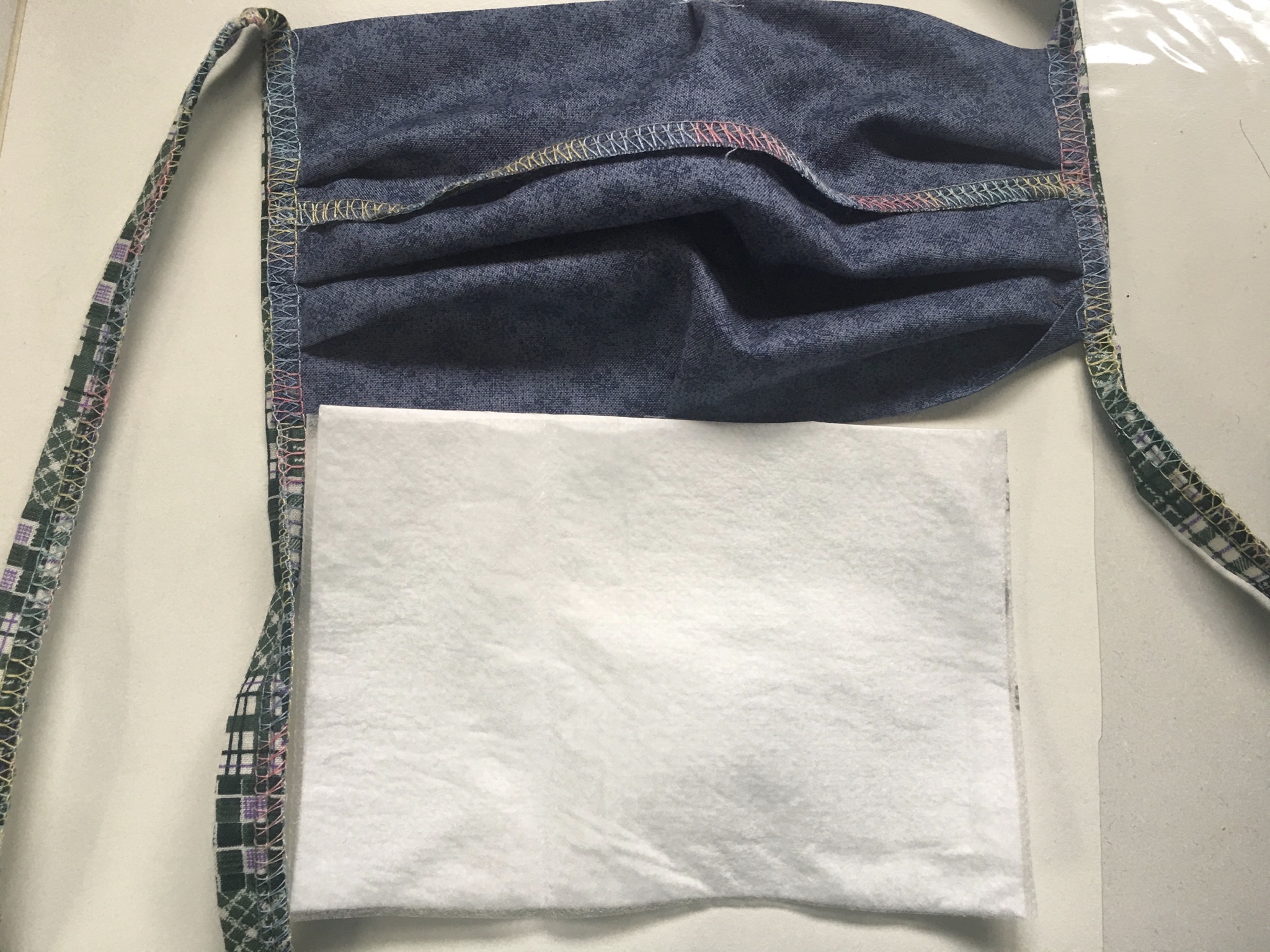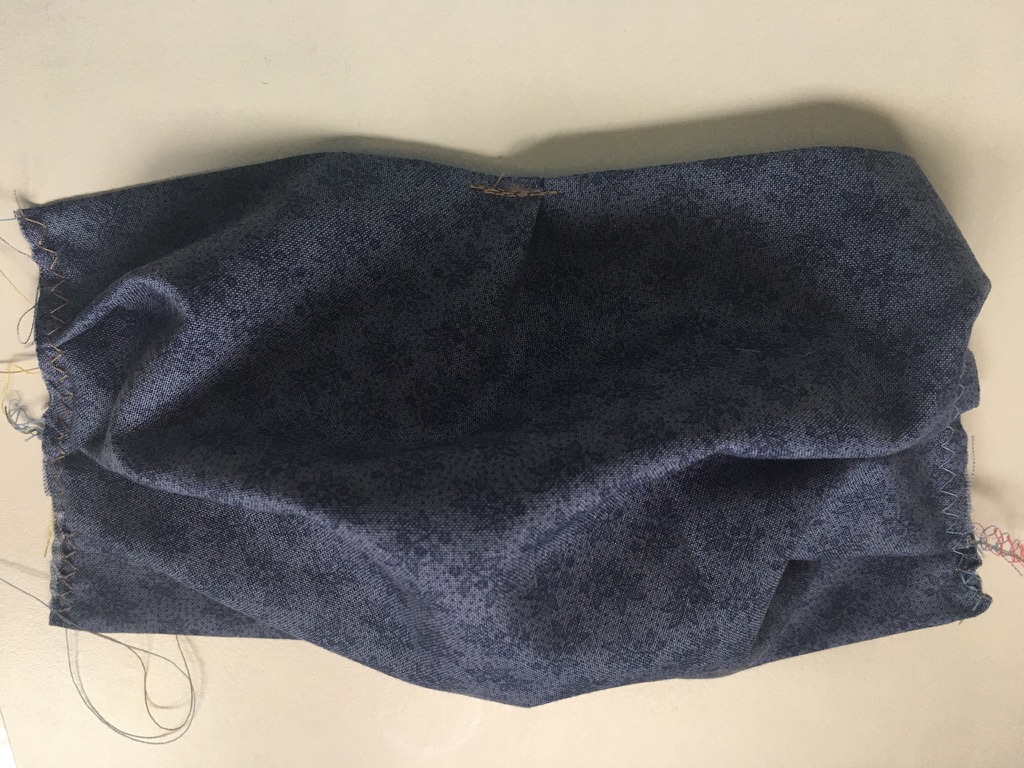Bag Assembly
This is the last major step in making your crossbody bag and in some ways it’s the most difficult as you’re working with bulky pieces that aren’t flat. Here are the steps:
- Starting at the top, pin or clip the gusset to the bag front matching point #1 with the seam at the top of the bag. Then work your way downward on the zipper placket and the gusset. Stop when you get within 2″ of point #3.

- Sew the pinned or clipped seam, starting and stopping 2″ from point #3.

- Repeat this process for joining the gusset to the back of the bag, but for now, do not sew the zipper to the bag back.
Bottom Strap and Final Seam:
- Identify the point where the gusset needs to meet the zipper placket and mark clearly. Note: Because I’m not a professional pattern maker, I wasn’t sure I’d get this correct so I made the zipper placket and the gusset extra long.
- Slip the doubled over 3” piece of strapping (with the rectangular ring in place) into the seam

- Sew through all layers, attaching the bottom of the strap.
- Cut off any extra fabric to leave a ½” seam.

- Now sew the remaining seams so the gusset and zipper placket are completely installed.
- After both seams are sewn, check for any places where you might not have caught the lining or the outer fabric.
Seam Finishing
- The seam finish I prefer is to fold 1″ Petersham over the seam and sew it with a zig-zag stitch. Or a double folded bias binding would work however it doesn’t wear as well.


Finished Bag

























